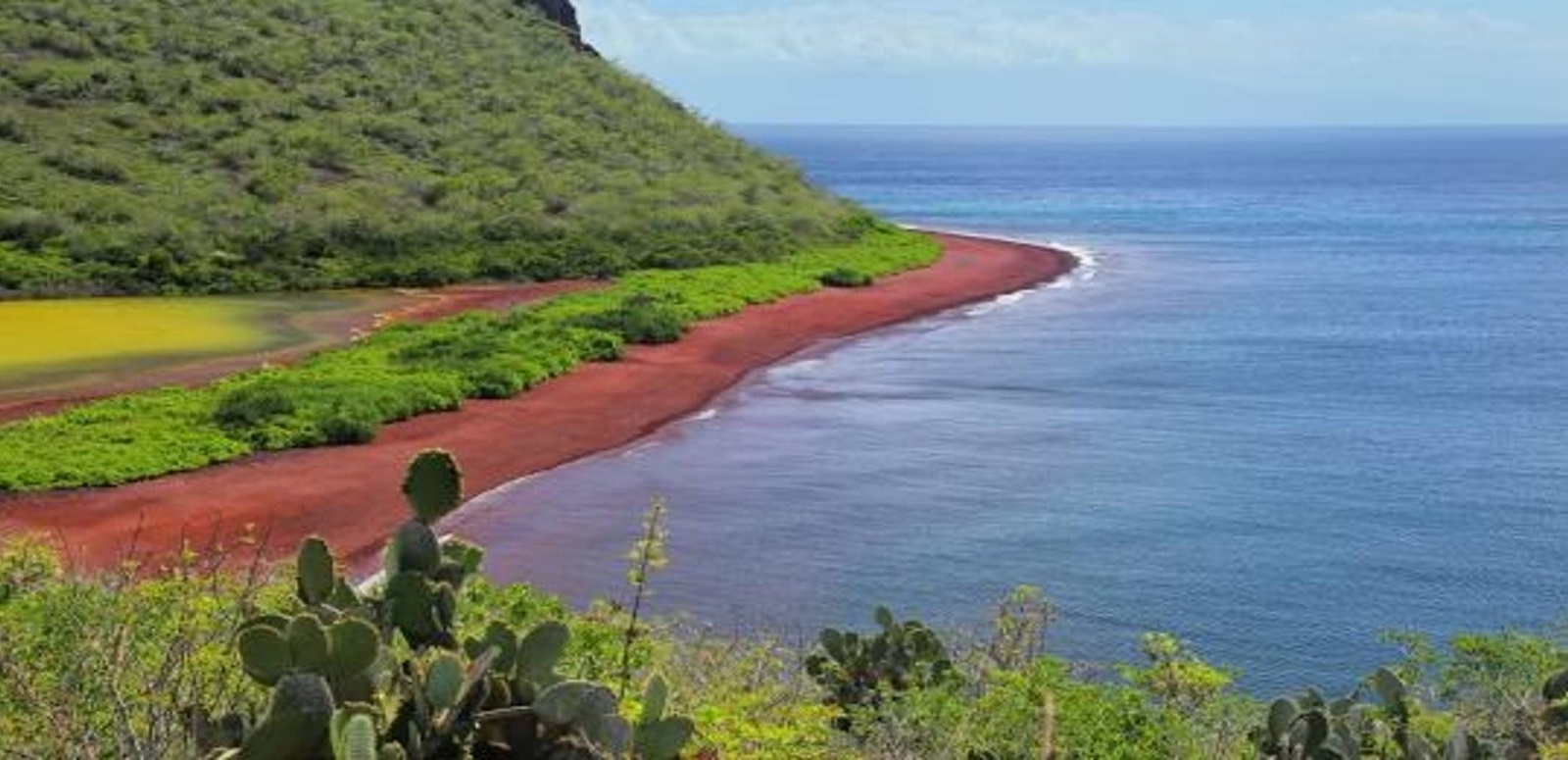AM: FLIGHT TO GALAPAGOS - This day you will fly to the Galapagos Island. Due to the Galapagos Government, a fee of AUD 47 must be paid for the migration control card. Once in Santa Cruz, passengers must go through an inspection point at the airport to make sure that no foreign plants or animals are being introduced to the archipelago. Also, this inspection point is where passengers have to pay for the entrance to the Galapagos National Park under the following parameters: Passengers Foreigners AUD 234 and Children AUD 117 (under 12 years old).
Later on, your guide will pick you, and will carry your luggage to the bus. Passengers will arrive to the Catamaran on a motorized boat called panga.
PM: SAN CRISTOBAL, INTERPRETATION CENTER - This is an interpretation centre with exuberant gardens and stunning ocean views. Visitors at the interpretation centre can learn a lot from the geological and human history of the islands, conservation facts and natural history. This is the oldest museum of Natural History in the Galapagos Islands which attempts to preserve the archipelago. It is indeed inspiring and motivating to watch and learn all of their research and attempts.
AM: SAN CRISTOBAL ISLAND, GALAPAGUERA - A short visit will take place at the Galapaguera, a good place to observe Galapagos tortoises in its natural habitat. San Cristobal Island has endemic species such as: the Mockingbird Nesomimus melanotis, lava lizard (Microlophus bivittatus), Chatham Leaf-toed Gecko (Phyllodactylus leei) and the tortoises. All of these species can be observed in this place, the beach is really big and it works as a nesting zone for marine tortoises. Between January and May, it is common to find the footprints of the female tortoises who have climbed to the sand dunes to deposit their eggs! This truly is a worthy experience to be a part of.
PM: CERRO BRUJO - Cerro Brujo is a beautiful white coral beach where you can swim and watch birds and sea lions, plus you can snorkel. This is the first coast where Charles Darwin walked on, in 1835. In this marvellous lava landscape, you can watch seabirds like blue-footed boobies, Nazca boobies, herons, frigate birds and shore birds. The protected bay is well known for its young tortoises which like to swim around. The pools with salty water behind the sand dunes were used by the fishermen as a salt mine in order to preserve food for the local population. Among the fauna you can observe the Chatham Mockingbird and the San Cristobal Lava Lizards, both species are endemic to the island and unique to the area. Furthermore, you will see the Galapagos turtles and with luck, the little bird known as the Pájaro Brujo in Spanish, an endemic species in San Cristobal Island. The vegetation covers all the route, where you can find species like the Candelabra Cactus and carob trees. Located on the north coast of Isla San Cristobal it is a peaceful place with white sand and crystal water, a perfect combination for an incredible stay.
AM: ESPAÑOLA ISLAND, GARDNER BAY - Located on the north-eastern coast of Hood, Gardner Bay offers an excellent beach to relax, swim and even kayak, plus the opportunity to observe sea lions (Zalophus Wollebaki), here we can also observe sharks in the crystal clear ocean waters. At this place you can see three species of Darwin finches: A subspecies of the large-billed cactus finch (Geospiza fuliginosa), which is similar to the large-billed terrestrial finch; the small-beaked ground finch (Geospiza Fuliginosa and; the singing finch (Certhidea Olivacea) which is another endemic subspecies. Both resident and migratory birds are observed.
PM: SUAREZ POINT - This area is great for spotting blue-footed boobies, albatrosses and Nazca boobies. A beautiful site on the oceanfront, the large waved albatrosses use the cliff as a launching pad. The famous attraction is the magnificent blowhole, spurting water high into the air at least from 50 to 75 meters high. This site presents wonderful photograph opportunities.
AM: CORMORANT POINT, CHAMPION ISLET - This site offers probably the best flamingo lagoon in the Galapagos; it is also one of the largest in the islands. It’s situated between two tuff lava cones that give the area a special atmosphere. There are various species of shorebirds to observe besides flamingos; the most frequent are common stilts, white-checked pintail ducks, and other migratory birds. It is very interesting to see the two distinct beaches: “The Green Beach” (due to its high percentage of olivine crystals in the sand) and the “Flour Sand Beach” which is made up of coral. After the interesting walk, the group is taken to Champion Islet, a great place to enjoy snorkelling and underwater wildlife. Some of the animals that can be seen are sea turtles, sea lions, and multiple fish thanks to the nearby coral reef.
PM: POST OFFICE BAY - Historically, this site is the location of a wooden barrel that was placed in the 18th century by the crew of a whaling ship. It has been used since this time by marines and tourists as a post office. The idea is to carry letters or postcards to their destination by hand. Besides, this site was the landing area for some of the first colonists. This day’s afternoon is thought to be a relaxing time for visitors to enjoy the beach and the beauty of Galapagos.
AM: TURTLES TRAIL - Although the great majority of Galapagos visitors come here to observe and appreciate natural wonders, it is also interesting to learn how the protection and conservation of the islands are carried out. This path offers the possibility to learn aspects and feel synchronized with nature.
PM: SANTA CRUZ, HIGHLANDS - You will be taken by another bus to the first visit to Ranch Manzanillo where visitors must wear comfortable walking shoes, light clothing and a waterproof jacket, Sun-block lotion, a camera and repellent for the first activity. The visit to Ranch Manzanillo includes a picnic lunch and a short walk before boarding the Motor Catamaran. It is important to follow these instructions in order to accomplish this itinerary properly. Santa Cruz offers excellent opportunities to observe the wild Galapagos Tortoises. Tracking tortoises is not the only exciting activity to be found in the highlands. There are also plenty of lava tubes, sinkholes and craters ready to be explored.
AM: FERNANDINA ISLAND, MANGLE POINT - Off the eastern coast of Fernandina, Mangle Point can be found, a superior snorkelling site and a beautiful location for riding in a panga or zodiac through a grove of mangrove trees. A hike of about 1/2 miles is possible. While you are on your ride, you are likely to see sea lions, tortoises, pelicans, rays and birds too numerous to name them all.
PM: PUNTA MORENO - Punta Moreno is located on the north coast of Isabela Island between the volcano Sierra Negra and Cerro Azul volcano. The trail runs along a lava flow Pahoehoe (solidified lava in the form of corrugated or an accordion) into a complex of coastal lagoons, where several species of birds which can be found around this lakes and mangroves.
AM: ISABELA ISLAND, URBINA BAY - Urbina Bay is located at the base of Alcedo Volcano on the west coast, between Tagus Cove and Elizabeth Bay. This area experienced a major uplift in 1954, which caused the land to rise over 16 feet. The coast expanded half a mile out, leaving marine life stranded on the new shore. This area is also a great place to snorkel. Urbina Bay is a path that starts off with a wet landing. The course is approximately 3200m, and made up of sand, pumice, lava, coral and vegetation where one can observe iguana burrows. It is an ideal place to see red and blue lobster! In Bahia Urbina you can see Darwin's finches. Its main attraction is the land iguanas, which are larger than in places like South Plaza Island and Galapagos tortoises also in the wild, sometimes even out of season they are on the bottom of the islands. A large amount of vegetation can be observed such as chamomile and Rosewood, but among all these plants, the beautiful flowers of cotton Darwin, endemic to the Galapagos Islands stand out.
PM: ISABELA ISLAND, TAGUS COVE - Tagus Cove is located west of Darwin Volcano on Isabela Island. This was a favourite spot for pirates and whalers, and it was them who started the following tradition: the inscription of the names of boats. At the beginning of the trail, you will see a small cave where you will find inscriptions dating to the 1800s. Its name originated from a British warship that went across the islands in 1814 looking for Galapagos Tortoise for food. Due to former eruptions, the substrate has a large amount of volcanic rocks of different sizes, among the most common are little balls of nearly spherical shape known as the "lapilli" or petrified rain.
AM: FERNANDINA ISLAND, ESPINOZA POINT - Espinoza Point is a famous place known for its large colonies of marine iguanas and as the habitat of unique species like the flightless cormorant, Galapagos penguin, Galapagos hawk, and Galapagos snake.
PM: VICENTE ROCA POINT - One of the most impressive and spectacular places of the enchanted Galapagos Islands; with high cliffs and tuff stone, ash and lava formations give this area a majestic touch, is Punta Vicente Roca. It is located in the north-western coast of the island; it comprises two distinct islets. This large bay has a spectacular marine life. Here, you can see seahorses, sea turtles and the strange yet fascinating Mola-mola or sunfish. This bay is a great place to practice Panga Ride and Snorkelling. You can as well find: Penguins, Blue-footed boobies, Terns, Boobies, Sea lions. Also you can snorkel and observe sea turtles, stingrays and puffer fishes.
AM: SANTIAGO ISLAND, PLAYA ESPUMILLA - Espumilla beach is located on the northern coast of Santiago Island in James Bay. During the last presence of the El Niño phenomenon, one of the two lagoons in this site underwent a process of sedimentation, thus causing the disappearance of a representative colony of flamingos. The main attractions are the palosanto forest and the nesting of baby turtles.
PM: PUERTO EGAS - its black beach is located on the west side of the island and is the main attraction of the island. Their volcanic tuff deposits have favoured the formation of this special black sand beach. This site is called Puerto Egas, because there was an attempt to start the exploitation of salt, which failed because the price of salt in the continent was very cheap, and did not justify its exploitation in Galapagos. The project and the infrastructure was left abandoned.
AM: RABIDA ISLAND - Rábida Island is unique due to the red colour that colours all rocks and sand. The volcanic material in this island is very porous and external factors as rain, salty water, and sea breeze have acted as an oxidizing agent. A short walk along a trail leads you to a coastal lagoon behind the beach which permits you to observe the land birds such as finches, doves, yellow warblers, and mockingbirds. At the lagoon there is a colony of flamingos.
PM: CHINESE HAT - SOMBRERO CHINO - This is a small islet (1 sq. km) located just off the south-eastern tip of Santiago Island. It is a recent volcanic cone, shaped like a Chinese hat when seen from the north. On the west you can see lava formations, formed under the sea and raised upwards, this is why coral heads are found on the lava. This is an excellent visit for interpretation of geological features such as lava tubes and lava flows. The landscape is covered by sea lions colonies, marine iguanas, and Galapagos penguins.
AM: SANTIAGO ISLAND, SULLIVAN BAY - Santiago, also called James, or San Salvador Island, is located in the west central part of the Galapagos archipelago. It is the fourth largest island in the archipelago (following Isabela, Fernandina and Santa Cruz). Along with some of the large western volcanoes of Isabela and Fernandina, Santiago is also volcanically active, with many young flows and cones to be seen, particularly along the south, west, and east coasts. These may even be seen from the summit of Darwin Volcano and from space. A number of historic eruptions have been reported over the last 2 centuries. Santiago actually consists of two coalesced volcanoes: a typical shield volcano on the northwest end and a low, linear fissure volcano on the southeast end.
PM: BARTOLOME ISLAND - Bartolome Island is situated across Sullivan Bay. It has an altitude of 114 meters, from where we can observe one of the most beautiful sceneries of the Galapagos Islands such as: Volcanic cones, lunar - like craters, lava fields, and the famous Toba formed pinnacle eroded by the sea. There is very little vegetation on this island. It has two breath-taking beaches where marine turtles exist and at the base of the pinnacle, as well as a very small colony of Galapagos penguins.
AM: BACHAS ISLAND, SANTA CRUZ - These two small beaches are found to the West of Turtle Cove. Their sand is made of decomposed coral, which makes it white and soft, making it a favourite nesting site for sea turtles. Behind one of the beaches there is a small brackish water lagoon, where it is occasionally possible to observe flamingos and other coastal birds, such as black- necked stilts and whimbrels. The other beach is longer, but it has two old barges that were abandoned during the Second World War, when the USA used Baltra Island as a strategically point to protect the Panama Channel.
PM: NORTH SEYMOUR - North Seymour is an uplifted (as opposed to volcanic) island. Therefore, it is generally flat and strewn with boulders. There are good nesting sites here for a large population of magnificent frigate birds. Blue-footed boobies perform their courtship dance in the more open areas and swallow-tailed gulls perch on the cliff edges. Despite the tremendous surf that can pound the outer shore, sea lions haul out onto the beach and can be found bodysurfing.
AM: GENOVESA ISLAND - EL BARRANCO – THE CLIFF - The visitor site of El Barranco is located in the southern part of Darwin Bay from Genovese Island. The trail is on volcanic rock, consists of 1.5 km and can be done in about 2 hours. The youngest area of the island, from a geological point of view, lies on this area. The cliff is located in the south, are composed of very fragile lava. The natural erosion in these lava flows has become the ideal place for nesting Storm Petrels. You can see two species of petrels that nest in cavities and holes in the lava. One of its main predators is the short-eared owl. The red-footed booby nests only in the outer islands of the archipelago, Punta Pitt, Gardner (Floreana), Wolf, Darwin and Genovese. Also, present on this island is the masked booby. During the “panga rides” along the cliffs, fur sea lions and several species of seabirds can be seen.
PM: DARWIN BAY - This bay has its origin when the crater of this island collapsed below sea level. The wet landing is on a beautiful white coral sandy beach. This is a favourite island for birdwatchers that allow the following species to be seen: red footed-booby, masked boobies, wandering tattlers, lava gulls, whimbrels, yellow-crowned, and black-crowned lava herons, and yellow warblers. Continuing on the trail, visitors climb gradually to the edge of the cliff seeing Red-Foots nesting in the Mangrove trees below. Bird watching includes sightings of sharp-beaked finches, large cactus and ground finches, Galapagos doves, and swallow-tailed gulls. Reaching the end of the trail, at the cliff's edge an incredible view of the island and the many birds living there can be observed.
AM: PLAZAS, SANTA CRUZ - Plazas is located at the east of Santa Cruz Island, and forms part of two islands known as Islas Plazas. Despite its small size, some of the most interesting and outstanding species of the Galapagos are found here. The Plazas land iguanas are smaller than its relatives found at other islands. Throughout the island are several hybrid iguanas, a result of crossing a male marine iguana and a female land iguana, they are unique, recognizable at first glance by their black/grey colour, with a land iguana's crest, but face and tail of the marine iguana. The big population of iguanas is due to the presence of tunas, their favourite food. Swallow tailed gulls nesting in the rugged cliffs are seen along with other seabirds as: Audubon shearwaters, red-billed tropicbirds, frigate birds, and brown pelicans.
PM: SANTA FE - Located in the south-eastern part of the Galapagos, this island was formed from an uplift instead of a volcanic origin, and this is why it is mostly flat. There are some theories which assure this could be the oldest island in the Archipelago. Santa Fe is the home of a number of endemic species like the Galapagos hawk, Galapagos snake, Galapagos mockingbird, rice rats, and one of the two species of land Iguanas of the islands. After disembarking in the beautiful and clear waters you will be in contact with one of the many sea lion colonies. Along the trail many salt bushes can be seen as well giant Prickly pear cactus: gigantism is a characteristic of oceanic islands. There are great possibilities of snorkelling with playful sea lions and tropical fish.
AM: SAN CRISTOBAL, Jacinto Gordillo Breeding Centre. In 2004 the Breeding and Rearing Centre for young tortoises Jacinto Gordillo, named after a famous settler, was located in Cerro Colorado, San Cristobal Island, in order to take care of young tortoises. In 2008 an assisted reproduction program started on the island due to the birth of a little turtle in captivity. All of this will be learnt at the Jacinto Breeding Centre. One can not only learn about breeding processes but as well get engaged and experience why this breeding centre does what it does. After the morning excursion you will be taken to the airport for your flight to the mainland.
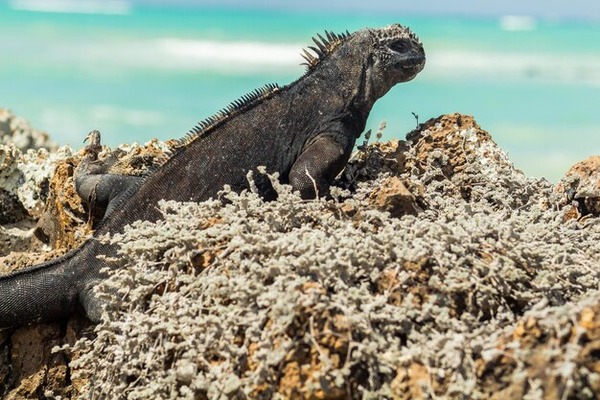
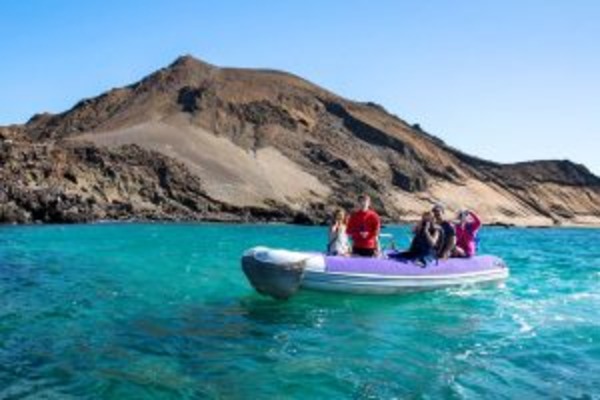

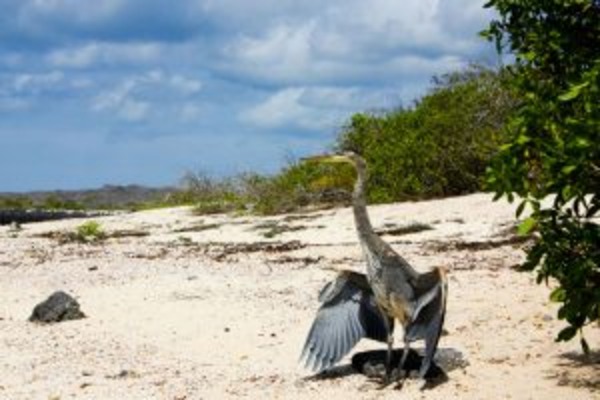

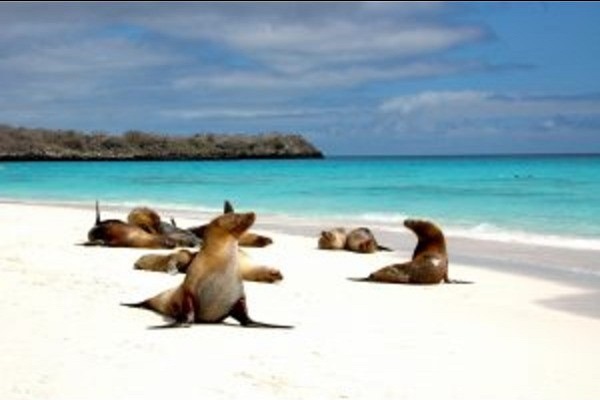
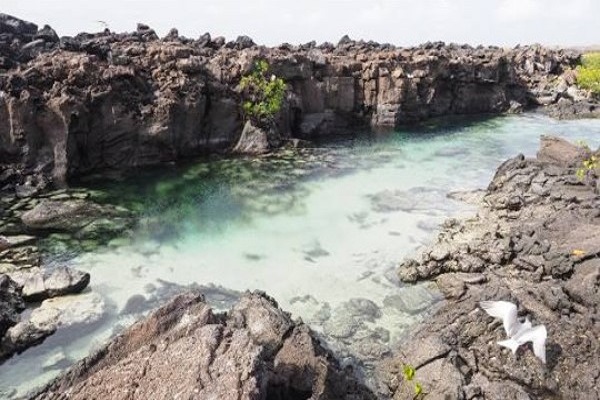
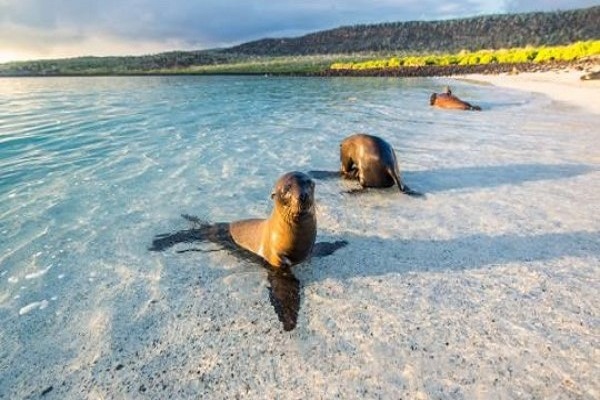

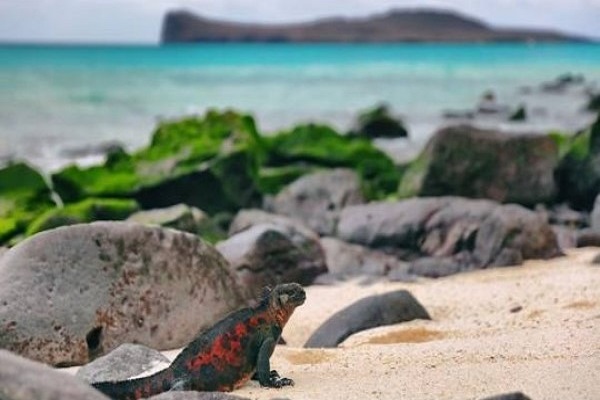

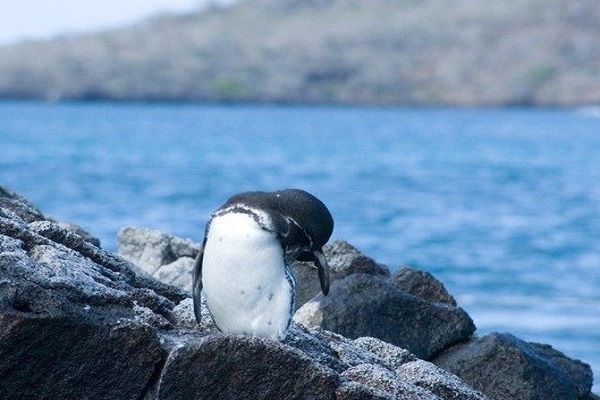
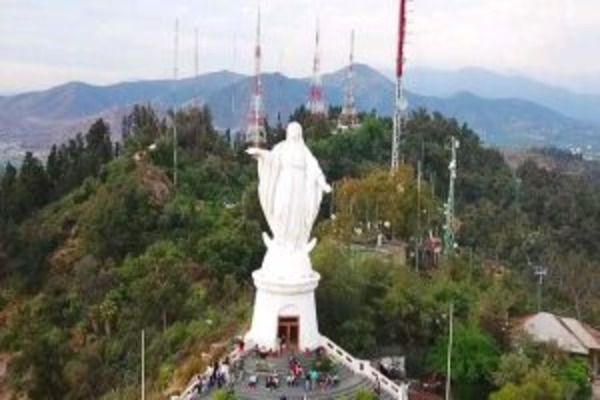
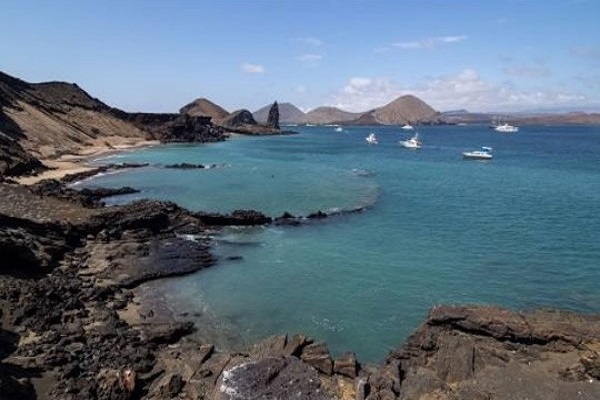
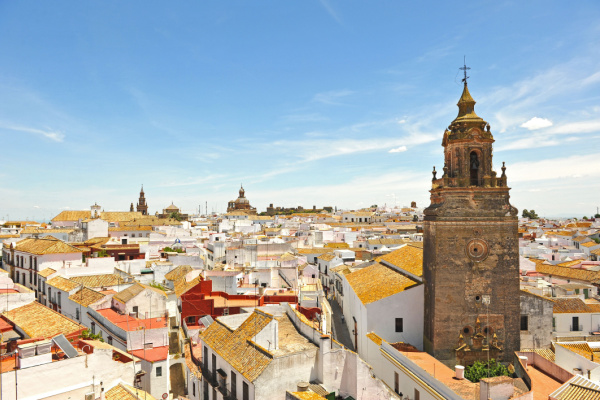
Airport assistance (Quito or Guayaquil, if flights are booked through Sonia Jones Travel)
Transfers in Galapagos.
Accommodation on board in double cabin.
All meals during the cruise.
Naturalist Bilingual Guide level III.
All visits and excursions according to the itinerary
Snorkel Gear (mask, tube and fins).
Kayaks.
Unlimited purified water, coffee and tea.
International / Domestic Airfare
Round trip flight to/from Galapagos
Galapagos National Park Entrance fee AUD 234,oo p/p
Galápagos Ingala card AUD 47,00 p/p
Negative PCR test for Covid-19 (taken 96 hours before the departure)
Wet suit rental
Local taxes
Meals, drinks, tips and other personal expenses or services not specified in the program
Travel insurance
Gratuities
Voluntary tips for drivers
Travel and medical insurance.
Rates do not apply for Christmas and New Year departures, please ask your agent for high season rates.
10% discount for children under 12 years (Applies for 1 child for every 2 adults).
Rates are subject to change in case of additional taxes, fuel increases or many other unforeseen circumstance.
Charter - Maximum 16 pax. (Available on request).
Monday departure.

